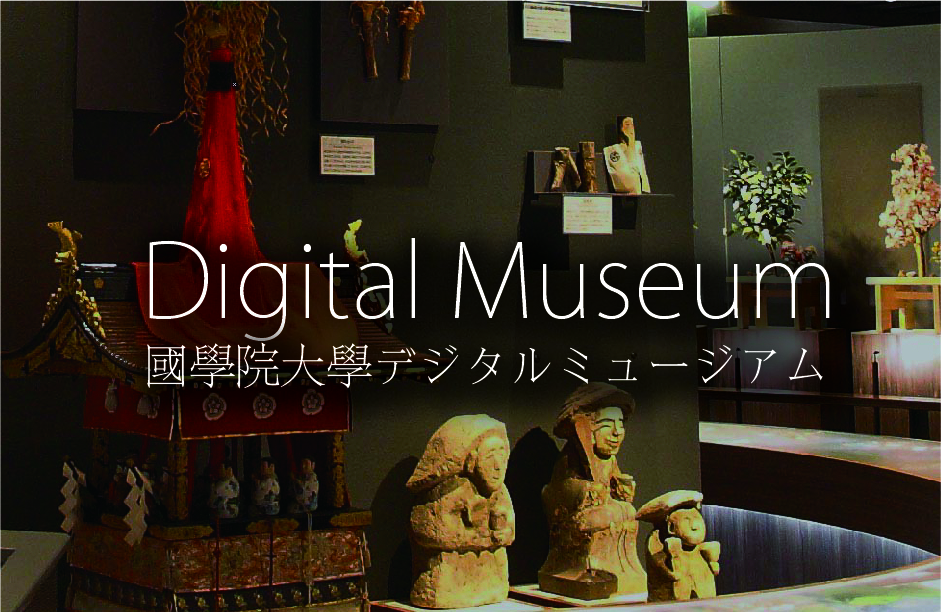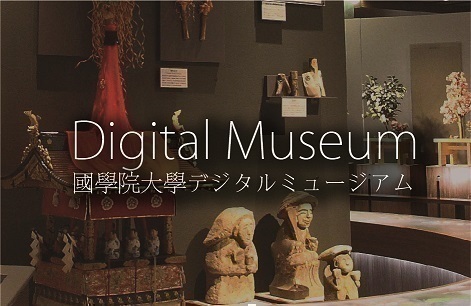- トップ
- Encyclopedia of Shinto
- Hakushu
Encyclopedia of Shinto
| Main Menu: | |
| Links: |
詳細表示 (Complete Article)
| カテゴリー1: | 6. Belief and Practice |
|---|---|
| カテゴリー2: | Divination and Supplication |
| Title | Hakushu |
| Text | "Hand clapping," which forms part of proper etiquette for worshipping a deity. Because both hands are first spread open to each side, it is also called "hand opening" (hirade) or "oak hands" (kashiwade). Hand clapping has been part of worship etiquette since ancient times in Japan. The Treatise on the Wa People (Woren zhuan; J. Wajinden) section of The Official History of Wei (Weizhi; J. Gishi) describes hand clapping as a form of respect shown to noblepersons: "When expressing their respect to nobility, [the people of Wa] simply clap their hands then kneel on the ground and bow." Moreover, according to an entry (4th year of Empress Jitō's reign, 1st month, 1st day) in Nihon shoki: "Mononobe no Maro Ason set up great shields. The Minister of the Department of Divinities, Nakatomi no Ōshima Ason, recited prayers to the celestial deities. Afterward, Inbe no Sukune Shikobuchi presented to the Empress-Consort the sacred regalia consisting of the divine sword, and mirror. The Empress-Consort assumed the position of sovereign. The ministers and public functionaries lined up, made obeisance in turns, and clapped their hands." This entry demonstrates that hand clapping was originally a display of respect that expressed deep gratitude, joy, enthusiastic acclaim, or other emotion. Hand clapping is distinguished by the number of claps, such as "short clapping" one to three times (tanhakushu) or "long clapping" of four claps (chōhakushu). There are also distinctions based on the manner of clapping, which includes shinobite, raishu, renhakushu, and awase hakushu. Shinobite involves silent clapping and is performed at "Shinto funeral ceremonies" (shinsōsai) and other occasions. Raishu is performed, for example, when presented with a cup of sake. At Shinto ceremonies, "two hand claps" (nihakushu) is generally common. Moreover, according to the conventional explanation for kashiwade as an alternative word for hakushu, kashiwade is a popular name derived from confusion between the character for "oak tree" (kashiwa 柏) and the character haku 拍. Another theory suggests that the name kashiwade is related to the raishu etiquette of hand clapping before "food served on individual tables at a banquet" (kyōzen) following a Shinto ceremony as well as to the fact that both kyōzen and "food served on individual tables" (zenbu) are called kashiwade. — Shimazu Norifumi |





